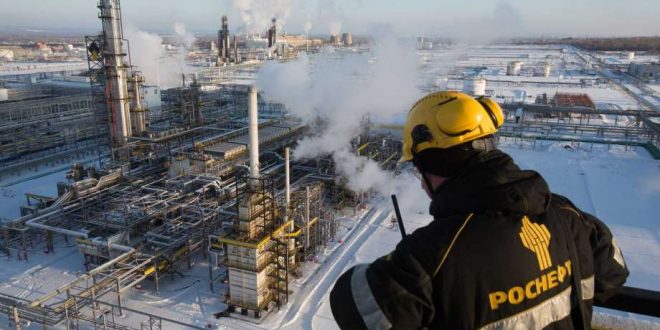Russia, the leader of the non-OPEC group in OPEC+, favors a rollover of the alliance’s oil production cuts while seeking a slight increase for itself to meet higher seasonal demand, a source with knowledge of Moscow’s plans told Reuters on Monday.
Russia has sought and obtained small increases for its oil production every month since the start of the year, while all other members of the OPEC+ pact—except for Kazakhstan—were set to keep their production flat after January. Saudi Arabia is also cutting an extra 1 million barrels per day (bpd) off its oil production on top of its quota for three months through April.
OPEC+ hasn’t significantly eased oil production since January when the collective output was increased by 500,000 bpd from 7.7 million bpd in December to 7.2 million bpd. Considering the still weak global demand, OPEC+ decided in January to give Russia and Kazakhstan small increases for February and March, keeping the overall production little changed. In each of those two months, Russia was set to ease its cuts by 75,000 bpd. For April, Russia was allowed to boost its production by 130,000 bpd, while the other members of the OPEC+ alliance are to keep their production flat next month.
Saudi Arabia also extended its additional unilateral cut of 1 million bpd into April, compared to initial plans to have that cut in place only in February and March. The OPEC+ panel reviewing production and the market situation is set to meet on March 31, while the ministers will gather for their monthly online meeting on April 1.
Last week, four sources told Reuters that OPEC+ would likely decide to keep oil production essentially steady for another month. Saudi Arabia and the United Arab Emirates (UAE) have both spoken out in favor of the need to tread lightly when it comes to how much oil is put into the market.
Since the previous OPEC+ meeting in early March, oil prices have been on a rollercoaster journey, buoyed initially by expectations of a tighter market after the group didn’t ease the cuts as expected. Later in March, fears of weak demand dragged Brent prices down from $70 to $60 as major European economies reinstated or extended lockdowns and as more than a dozen EU countries suspended vaccinations with the AstraZeneca vaccine for weeks due to concerns over side effects until the European Medicines Agency (EMA) said—again—that the vaccine was safe.

 Iran Energy News Oil, Gas, Petrochemical and Energy Field Specialized Channel
Iran Energy News Oil, Gas, Petrochemical and Energy Field Specialized Channel



